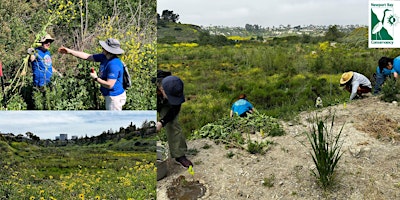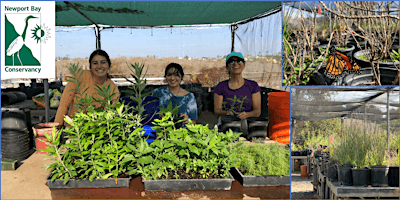Amphibians (frogs, toads, salamanders and newts) generally require water for reproduction – the eggs being fertilized externally in the same way as most fish. During the larval stage (e.g. as a tadpole) the typical amphibian has gills that are replaced by lungs as it matures into an adult. Frogs (which are mostly aquatic) and toads (which are mostly terrestrial) are similar in body shape. Generally the former have long hind legs and hop about while the latter have short hind legs and walk about.

Western Pond Turtle
Amphibians are found in the riparian and freshwater marsh areas around the Bay, including Big Canyon. One of the most common, and also the most detrimental, of our local species is the invasive African clawed frog.
Reptiles (turtles, lizards and snakes which are present at the Bay, and alligators which are not) do not require water for reproduction and development. They lay eggs essentially in the same way that birds do. They have lungs and scaly skin to prevent the evaporation of body fluids.
Visit the Interpretive Center to see live amphibians and reptiles.
Species lists from 1989 UNBER Land Management Plan
Amphibians
California newt – Taricha torosa
California slender salamander – Batrachoseps attenuatus
Western toad – Bufo boreas
Pacific treefrog – Hyla regilla
Bullfrog+ – Rana catesbiena
African clawed frog+ – Xenopus laevus
Reptiles
Pacific pond turtle – Clemmys marmorata
Pond slider+ – Chrysemys scripta
California legless lizard – Anniella pulchra
Coast horned lizard – Phrynosoma coronatum
Side-blotched lizard – Uta stansburina
Western fence lizard – Sceloporus occidentalis
Western whiptail – Cnemidophorus tesselatus
Southern Alligator lizard – Gerrhonotus multicarinatus
Common kingsnake – Lampropeltis getulus
Striped racer – Masticophis lateralis
Coachwhip – Masticophis flagellum
Gopher snake – Pituophis melanoleucus
Western rattlensnake – Crotalus virdis
+Exotic









